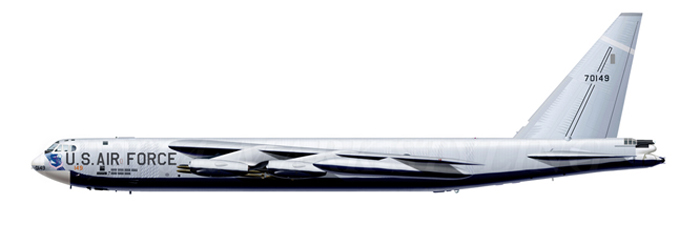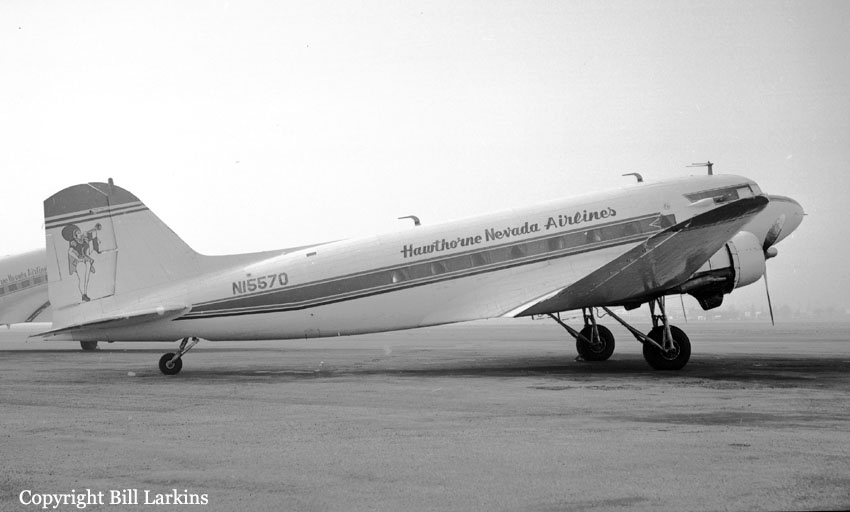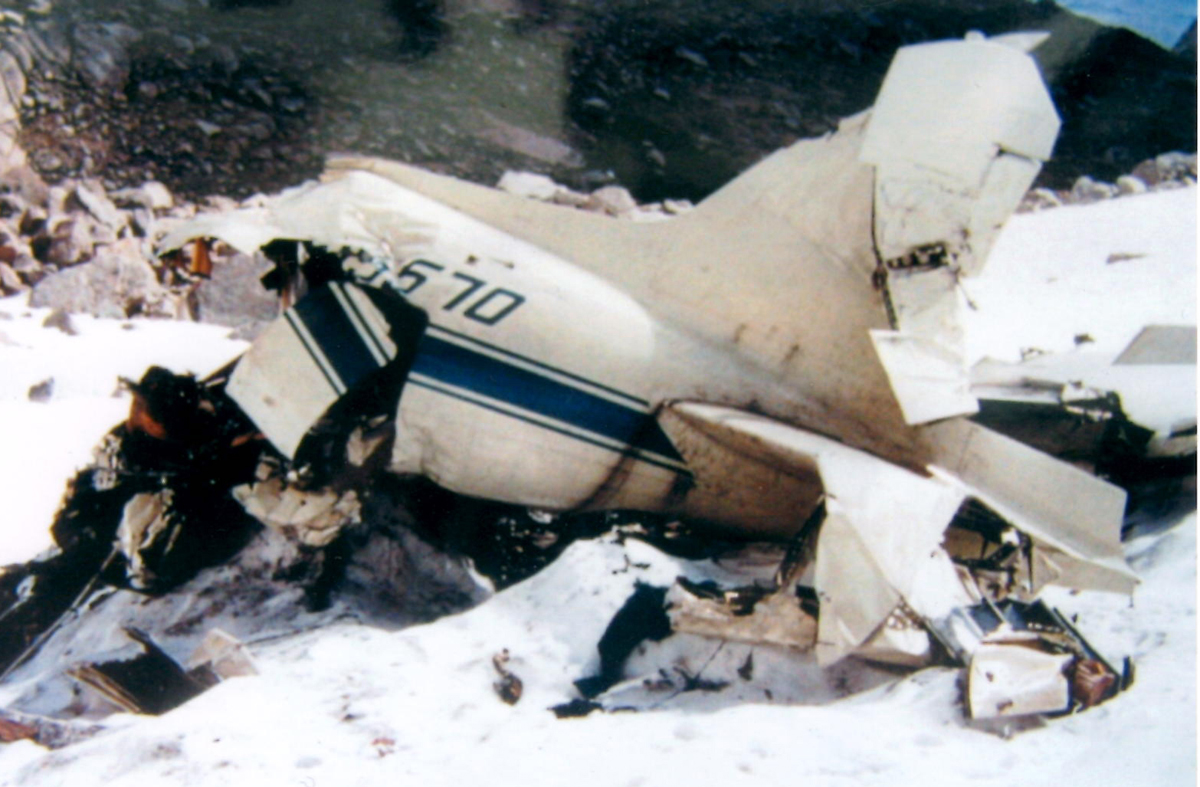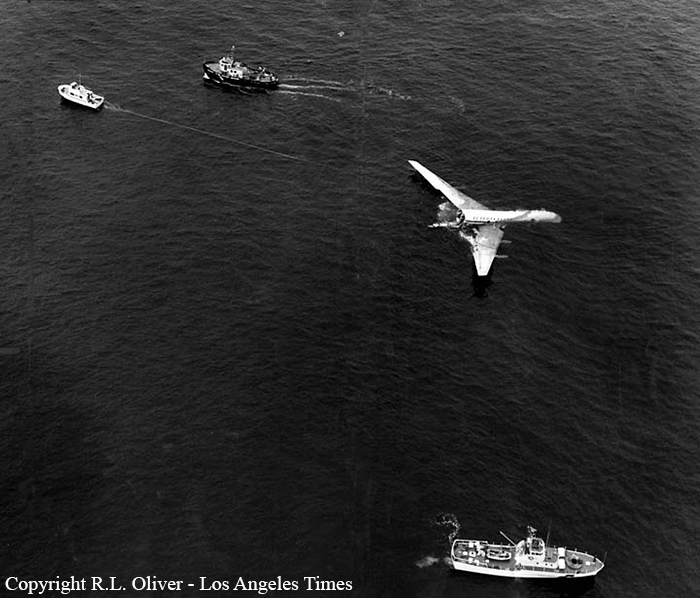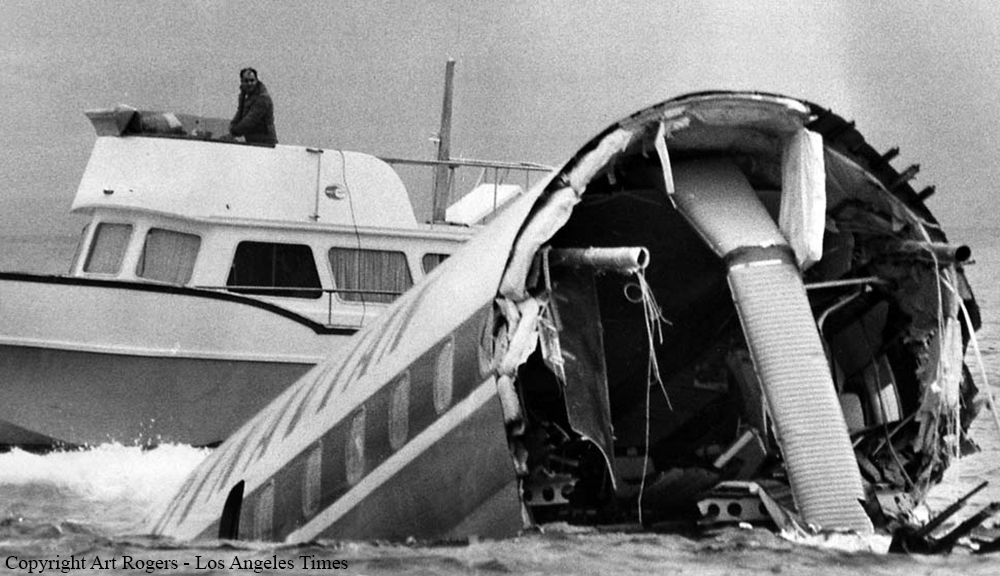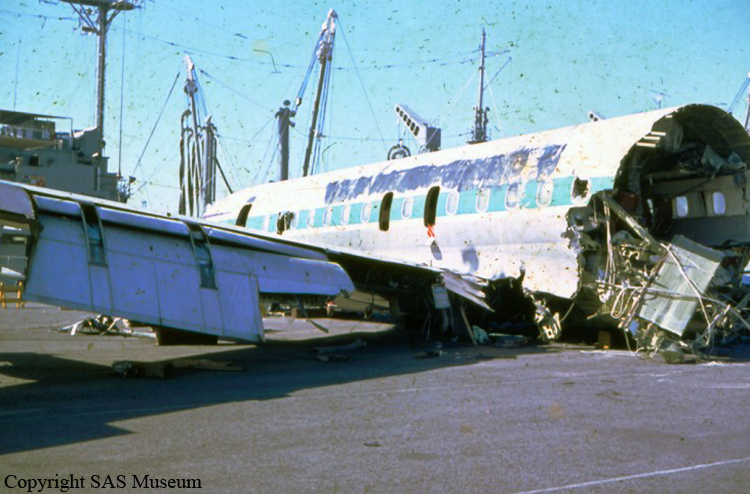Crash of a Boeing B-52F-65-BW Stratofortress at Castle AFB
Date & Time:
May 8, 1969
Registration:
57-0149
Survivors:
Yes
Schedule:
Castle - Castle
MSN:
464138
YOM:
1957
Crew on board:
7
Crew fatalities:
Pax on board:
0
Pax fatalities:
Other fatalities:
Total fatalities:
0
Circumstances:
Crashed in unknown circumstances while on approach to Castle AFB. All seven crew members were rescued while the aircraft was destroyed.
